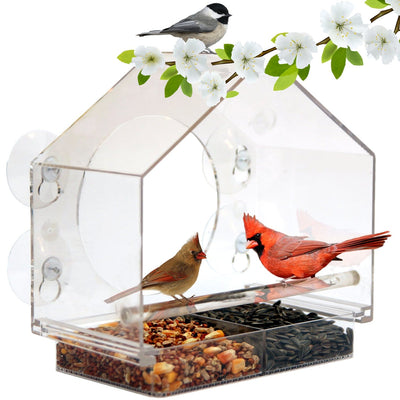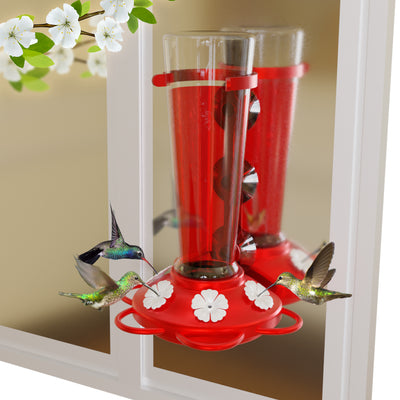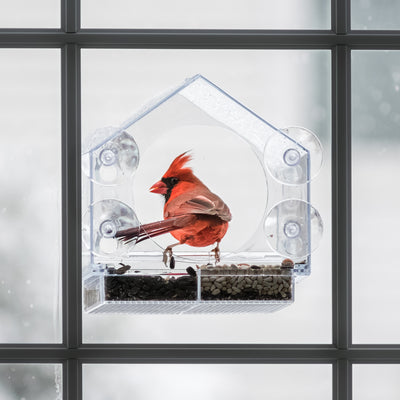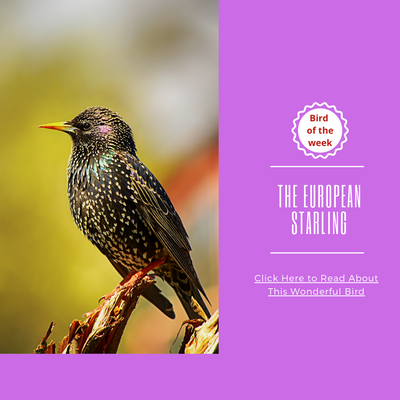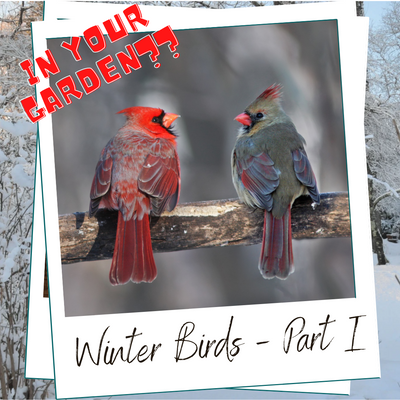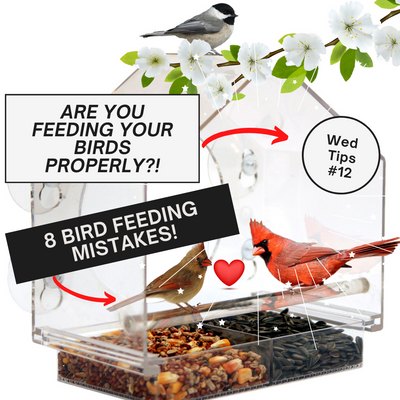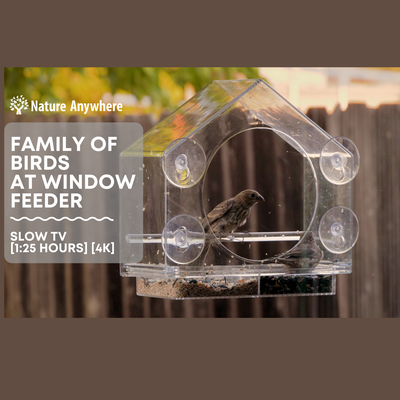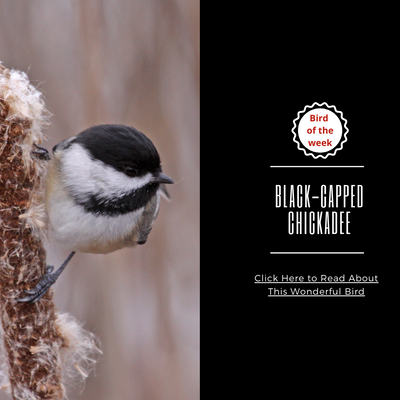BIRD OF THE WEEK - THE BLUE JAY!
BIRD OF THE WEEK - THE BLUE JAY!

“There’s more to a blue-jay than any other creature. He has got more moods and more different kinds of feelings than other creatures; and mind you, whatever a Blue Jay feels, he can put into language.”
"Jim Baker’s Blue Jay Yarn," by Mark Twain
From the eastern United States all the way up to Newfoundland Canada, this loud
and lovable songbird is one of the most recognisable and wide-spread birds! With its white tummy and azure-blue coattails, Blue Jays are considered intelligent birds, have interesting family bonds and are very social with one another.
Why Blue? Although this bird is commonly recognized by its eye-catching blue
colour, its appearance is deceiving: blue pigments do not actually exist in birds and the feathers aren’t really blue!
The blue appearance is caused by how light interacts with the inner structure of their feathers. Blue Jays actually have brown feathers with modified prismatic cells that scatter light waves so we only see the blue spectrum. If you light a feather of a Blue Jay from below, it will appear brown.
Why Jay? The loud “Jay! Jay!” is what gives this bird its onomatopoeic name - like other members of this gregarious family. Blue Jays are very vocal and have a wide range of calls, from their recognizable “Jay Jay” scream to a calm, almost warble-like sound. They have been heard to imitate the sound of a doorbell, a crying baby or the sounds of other birds.
The average Jay lives to about 6 years old but the oldest ever recorded was one
month shy of his 27th birthday!
COMMON NAME: Blue Jay
SCIENTIFIC NAME: Cyanocitta cristata
Cyanocitta is a combination of the Greek words kuanos: "dark blue", and kitta: "jay" and - cristata: "the comb or tuft on the head of animals."
FAMILY: Corvidae
What is the best bird feeder for the Blue Jay?
Blue Jays are very adaptable as well as intelligent - and love bird feeders all over the back yards of the eastern United States. However, they prefer tray or hopper feeders stabilised on a post - not the hanging kind.
What do Blue Jays eat?
Blue Jays have gotten a bad rap, but despite their reputation as robbers of young birds and eggs, this is actually only around 1% of the findings. Blue Jays are actually omnivores who love peanuts, sunflower seeds, nuts, suet and acorns! They also eat caterpillars, grasshoppers, snails, frogs and beetles.
Blue Jays are very sociable and can be trained to catch peanuts in the air!
The Blue Jay love affair.
Blue Jays make one of those perfect couples! They mate for life until one of them dies. Even their colouring is equal! It’s called sexual monomorphism. Unlike other species where the males strut their colourful plumage, both male and female Jays share the same deep blue, black and white.
The mating is a hectic dance routine! The female Blue Jay will fly round a tree with a whole flock of males following her. Poetry in motion. When she lands on a branch, so do the males and when she flies off - the males are right after her, as she sends out her mating call and the males answer her! This goes on until most males give up and we’re left with the winner, who had the patience and stamina to reach the last dance.
Nesting together.
Nesting is a mutual work load. The male will find the best twigs out there, and present them to the female, who then chooses the best for their nest. The male also feeds her as a way of bonding.
Once the little ones are born, both parents feed the nestlings until they fly off about 17-21 days after hatching.
To migrate or not to migrate - that is the question!
Migration is a bit of a mystery when it comes to Blue Jays and is really quite puzzling. Most northern birds head south for the winter in large flocks. But with Blue Jays, it is different - some individual birds may migrate one year and not the next.
Less than 20% make the migration and nobody knows what makes them decide whether to make the great trek or not.
What do Blue Jays sound like?
If you are fond of trekking in the woods, one of the loudest calls you will hear will come from a Blue Jay. And that is to warn that an intruder is around!
One of the main predators for the Blue Jay is the Red-shouldered Hawk. The clever Jays can imitate the sound of the hawks when they are spotted and this early alarm system protects other birds from becoming the hawk’s breakfast.
The hawk call is also used by these wily birds to chase other Blue Jays away from a tasty tidbit. Jays have been seen making hawk sounds to scare other bird away from a suet feeder, and once the birds had fled, dinner time!
Sounds of a Blue Jay:
A Blue Jay imitating Red-Shouldered Hawk:
FUN FACTS:
~Blue Jays rub ants on their feathers.
Ants contain formic acid which tastes … acid. When a Blue Jay rubs an ant on its
feathers, it removes the acid and it can then gobble them up. This is known as
“anting”. A handful of ants to a Blue Jay is what a good breakfast is to us.
~An Appetite for Acorns
The Blue Jay has a fondness for acorns! (See Mark Twain’s story). Like squirrels, they store them for later consumption but sometimes forget about them - and that’s how they were actually credited with helping the spread of oak trees after the last glacial period!
~Paint Eaters
Blue Jays are also known to peck and chip at white or beige paint, probably to
stockpile a source of calcium for the spring. If your house is getting beak attacks, try providing an alternate source of calcium like crushed egg shells – this usually stops the “house redo”.
~Warning Crest
The Blue Jay's crest can be raised or lowered depending on its mood. When the Jay is excited or experiencing high levels of aggression, the crest may rise up to form a prominent peak.
~Just for fun, a Blue Jay imitating a cat


